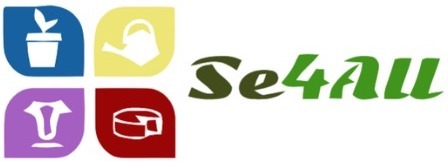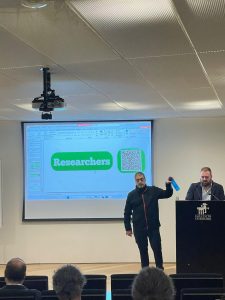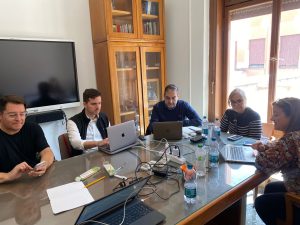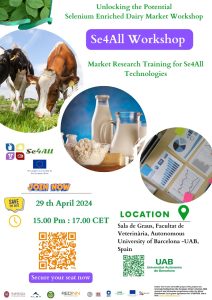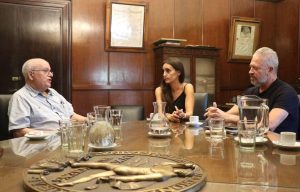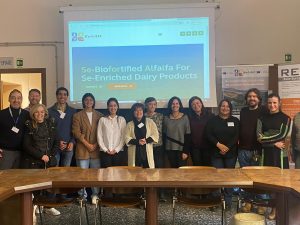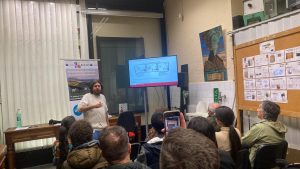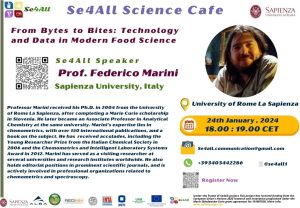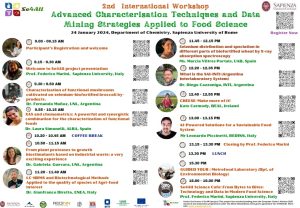18th October 2023
In an effort to address the challenges faced by the agriculture industry in Ireland, Ireland Bioeconomy Week was organized as a collaborative initiative between the Department of Agriculture, Food and the Marine, ICOS Skillnet, CAP Network, and the CIRCBIO research group at Munster Technological University (MTU). This week-long event aimed to explore industry challenges related to water quality, land use, decarbonization, and alternative enterprise opportunities. A notable participant in this event was the Se4All project, which is focused on optimizing the concentration and bioavailability of Selenium (Se) in milk, contributing to sustainable agriculture.

e4All Project: Enhancing Selenium Concentration in Milk
The Se4All project is an innovative endeavor that seeks to optimize the concentration and bioavailability of Selenium in milk. Selenium is an essential micronutrient that plays a crucial role in human health, with deficiencies leading to severe health issues. However, ensuring an optimal selenium intake is challenging due to varying soil composition and limited bioavailability in traditional farming systems. The Se4All project aims to tackle this issue by enhancing the selenium content in milk, thus offering a direct source of this vital nutrient.
Benefits of Se4All in Sustainable Agriculture:
By introducing an alternative method to increase selenium concentration in milk, the Se4All project can contribute significantly to sustainable agriculture in Ireland. Here are some key benefits:
- Enhancing Nutritional Quality: By increasing the selenium content in milk, the Se4All project can help improve the nutritional value of dairy products. A higher selenium intake can support immune function, thyroid health, and boost antioxidant activity, thus promoting overall well-being.
- . Sustainability and Environmental Stewardship: The project aligns with the principles of sustainable agriculture by optimizing nutrient availability without excessive inputs. This approach ensures efficient resource utilization, minimizing environmental impact, and preserving ecosystem integrity.
- Economic Opportunities: The Se4All project provides an alternative enterprise opportunity for the agriculture sector. By focusing on enhancing the selenium content in milk, farmers can diversify their offerings, potentially increasing profitability while meeting consumer demands for more nutritious products.

Se4All’s Contribution to Ireland Bioeconomy Week:
With its participation in Ireland Bioeconomy Week, the Se4All project showcased the potential of bioeconomy solutions to address critical challenges faced by the agriculture industry. By optimizing selenium concentration in milk, this project demonstrated the importance of creating sustainable and value-added opportunities within the sector. The collaboration between Se4All, the organizers of Ireland Bioeconomy Week, and other stakeholders further emphasizes the need for innovative solutions to support a resilient and profitable agricultural sector.

The Se4All project’s participation in Ireland Bioeconomy Week highlighted the importance of sustainable agriculture and innovative approaches to enhance the nutritional quality of dairy products. By optimizing selenium concentration in milk, the project has the potential to contribute significantly to Ireland’s agriculture industry, benefiting farmers, consumers, and the environment. The collaborative efforts showcased during this event bring hope for a future where sustainable practices and bioeconomy solutions play a central role in shaping a resilient and thriving agricultural sector in Ireland.
